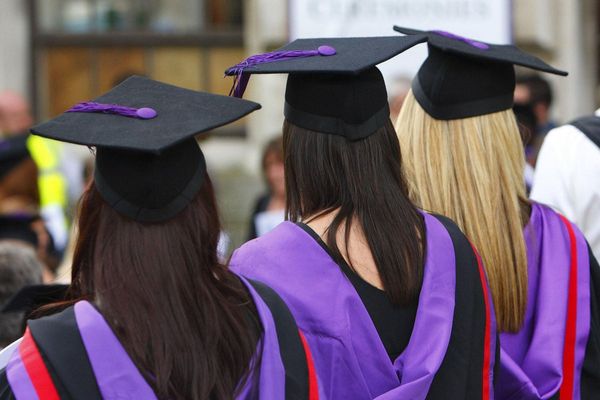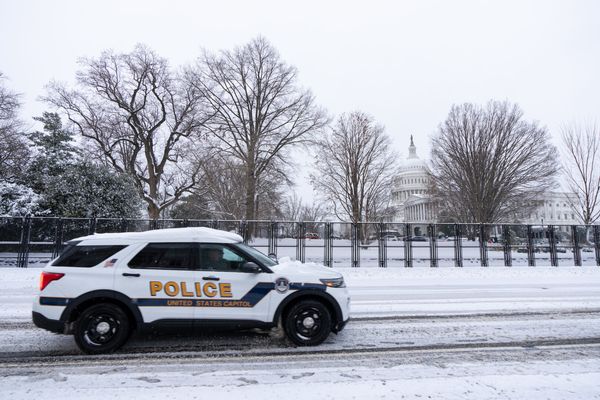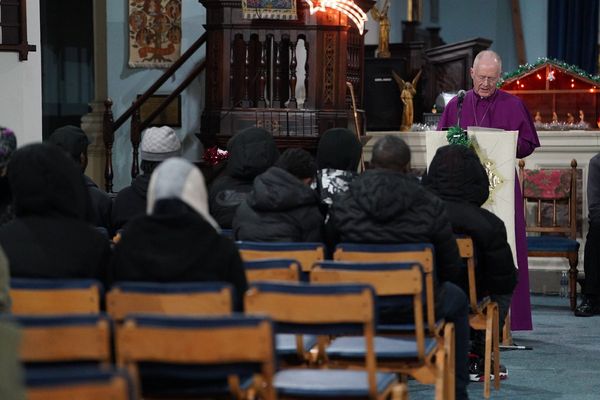
The results of the Victorian election are still trickling in, but by the current count the Nationals have picked up three new seats and are on track for an unprecedented proportion of women in their partyroom.
“We’ve now got potentially 11 people in the partyroom and six [of them are] women,” newly elected Nationals member for Mildura Jade Benham told Crikey.
Benham joins fellow female colleagues in the Legislative Assembly — Kim O’Keefe for Shepparton, Emma Kealy for Lowan and Annabelle Cleeland for Euroa — as well as potential Legislative Council members Gaelle Broad for Northern Victoria and Melina Bath for Eastern Victoria.
The Nationals’ current count in Victoria is 44% women, but if the party pulls through on all candidates, it will have 67% female representation in its ranks. This will easily surpass the most gender-equal Coalition partyroom — the ACT Liberals — which has 44% female representation.
In Victoria, the Liberals are currently clocking 35% women.

So what’s the Victorian Nationals’ secret?
Benham said a big drawcard is “brilliant” women in leadership positions.
“Having a leadership including former member for Euroa and deputy leader Steph Ryan and now Emma Kealy, who are young, high-energy, community-minded women, make the party attractive and approachable for those thinking of joining,” she said.
Kim O’Keefe put it down to the right balance of people: “We need the right women in the right places. You want them to represent your region well. That encourages more women.”
In short: good women attract… more good women. The science is simple, and yet Liberal and National women in almost all federal, state and territory parliaments are few and far between.
Let’s take stock.
Federal
This week it was revealed that the focus of a secret in-house review into the Liberal Party’s performance (or lack thereof) at the May federal election is fixing female representation in the ranks. The consensus was targets, not quotas.
The current numbers are not hard to beat. Fewer than a third of both the Liberal and National partyrooms (when combined with respective Liberal Nationals and Country Liberals) are women. That’s 19 of 68 Liberals and six of 22 Nationals across both houses. Although there is little between them when it comes to women as a proportion of overall headcount, the Nationals perform considerably better in the Senate with 67% females — compared to the Liberals’ 38%. The lower house is dismal for both.

NSW
In NSW, the Liberals and Nationals are in relative lockstep. Where one leads the lower house, the other leads the upper house. But overall, women account for fewer than a third of the party room.

WA
The lower house in WA has a 50:50 male-to-female split for both parties, although a low headcount has helped the cause. In the upper house just 14% of Liberal politicians are women, and the Nationals have 0%.

SA
The Liberals are lone operators in South Australia and they are not holding their own. Although women enjoy a (rare) majority in the upper house, they are a serious minority in the lower house.

TAS
The Tasmanian Liberals tell a similar story, with the upper house one of three female-dominated parliamentary spaces across Australia. But a poor turn-out in the lower house drags down the proportion of women in the partyroom to just over a third.

QLD
The single-house sunshine state needs little explanation: it’s a gentleman’s club. Just 18% of the Liberal National Party are women.

ACT, NT
Both territory parliaments also have one chamber, but unlike Queensland the mix of Liberal men and women borders on balanced.









